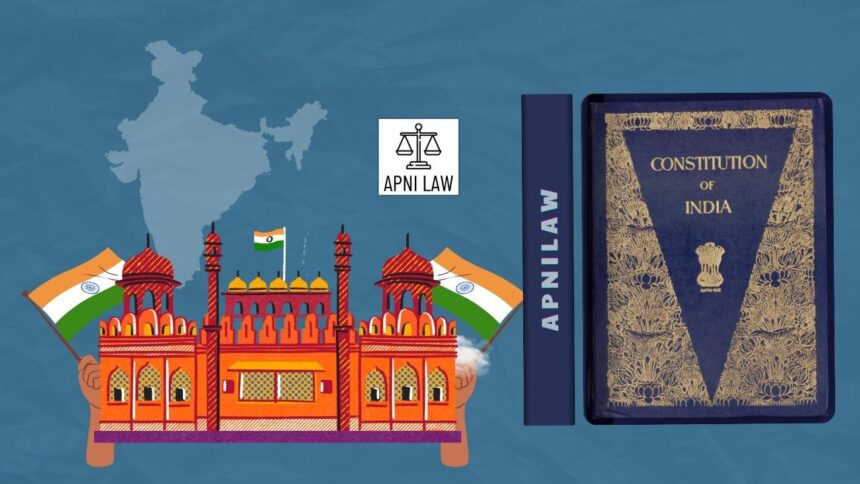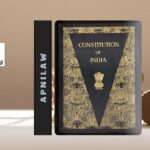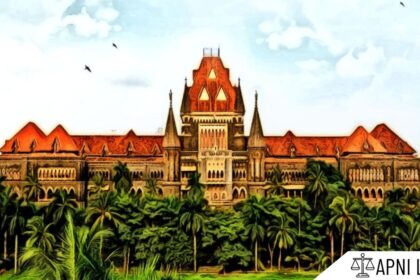India’s Union Territories form a unique part of the federal framework. Unlike states that enjoy full legislative and executive authority, Union Territories are governed directly by the Central Government. However, their structure and autonomy differ widely. Chandigarh, Puducherry, and Jammu & Kashmir are all Union Territories, yet each has a distinct administrative model shaped by its history, constitutional status, and political developments.
The abrogation of Article 370 in 2019 especially changed the status of Jammu & Kashmir, making its governance more aligned with Union Territory administration. Understanding the functioning of these three regions helps in grasping how India’s federal system balances unity with administrative diversity.
What Is The Constitutional Foundation For Their Administration?
The Indian Constitution defines the governance of Union Territories under Article 239. This Article empowers the President to administer Union Territories through an appointed Administrator. However, Article 239A provides special provisions for some Union Territories, allowing them to have elected legislative assemblies and councils of ministers.
Chandigarh functions only under Article 239. It does not have a legislative assembly or council of ministers. The Administrator, appointed by the President, manages all executive functions.
Puducherry functions under both Articles 239 and 239A. It has a legislative assembly and a council of ministers headed by a Chief Minister. These institutions allow a limited form of self-governance. The Lieutenant Governor represents the President and acts as the executive head.
Jammu & Kashmir’s status changed after the Jammu & Kashmir Reorganisation Act, 2019. This Act followed the removal of Article 370 and divided the former state into two Union Territories, Jammu & Kashmir with a legislature, and Ladakh without one. This means Jammu & Kashmir now functions under Article 239A, similar to Puducherry, but with certain special provisions.
Who Heads The Administration In These Territories?
Each Union Territory has an appointed head of administration, but their designations and powers vary. Chandigarh is administered by an Administrator appointed by the President. Since 1984, the Governor of Punjab has also served as Chandigarh’s Administrator. This arrangement ensures coordination because Chandigarh serves as the shared capital of both Punjab and Haryana.
In Puducherry, the head of administration is the Lieutenant Governor. The Lieutenant Governor functions as the representative of the President and oversees the Union Territory’s executive functions. While the elected government handles daily administration, the Lieutenant Governor has the power to refer any matter of disagreement to the President.
Jammu & Kashmir also has a Lieutenant Governor as its administrative head. The Lieutenant Governor here has powers similar to those of a state Governor but operates under the control of the President of India. The position plays a key role in maintaining security and coordination between the Centre and the local government.
How Does The Legislature Function In These Territories?
Chandigarh does not have a legislative assembly. All laws and policies applicable to it are made by Parliament. The Administrator executes these policies under the direct supervision of the Union Home Ministry. Citizens of Chandigarh elect representatives only to the Lok Sabha.
Puducherry has a functioning legislative assembly with thirty elected and three nominated members. The council of ministers, headed by the Chief Minister, aids and advises the Lieutenant Governor in governance. However, the Lieutenant Governor retains the power to differ with the council’s advice and refer such issues to the President.
Jammu & Kashmir also has a legislative assembly with elected representatives. The assembly can make laws on subjects in the State List and Concurrent List, except those reserved for Parliament such as public order, police, and communications. The Union Government retains more control compared to a full-fledged state, ensuring uniform governance in matters of national interest.
What Are The Sources Of Administrative Power And Control?
The President, through the Ministry of Home Affairs, holds direct administrative control over all Union Territories. In Chandigarh, this control is absolute. The Administrator acts purely as an agent of the Centre.
In Puducherry and Jammu & Kashmir, the legislative assembly and council of ministers exercise limited powers. However, the Centre can overrule their decisions if it considers them inconsistent with national policy or the Constitution. This system ensures accountability while giving a measure of autonomy for local governance.
How Do Financial And Judicial Systems Operate?
Chandigarh’s finances are entirely managed by the Central Government. Its budget forms part of the Union Budget, and funds are allocated annually by Parliament. All major judicial matters fall under the jurisdiction of the Punjab and Haryana High Court.
Puducherry prepares its own budget but requires approval from the Central Government. The Union Territory receives significant financial assistance from the Centre. It has its own subordinate judiciary but falls under the jurisdiction of the Madras High Court.
Jammu & Kashmir prepares its budget under the supervision of the Lieutenant Governor and its legislative assembly. However, the financial powers remain subject to the Union Home Ministry. The Jammu & Kashmir High Court continues to function as its highest judicial authority, while appeals can go to the Supreme Court.
How Does Political Representation Differ Among Them?
Chandigarh elects one Member of Parliament to the Lok Sabha. It has no representation in the Rajya Sabha.
Puducherry has one seat each in the Lok Sabha and the Rajya Sabha. Its legislative assembly ensures local political participation and representation of regional interests.
Jammu & Kashmir has five Lok Sabha seats and four Rajya Sabha seats. Its legislative assembly represents local governance at the regional level, but the Centre retains control over sensitive subjects like security and public order.
What Makes Their Administrative Models Distinct?
Chandigarh represents the model of a centrally controlled Union Territory. There is no local government, and all administrative decisions flow from the Centre.
Puducherry stands as a semi-autonomous model with both central oversight and an elected local government. It mirrors the structure of a small state but remains under presidential control.
Jammu & Kashmir’s model is hybrid. It combines legislative powers similar to Puducherry with a stronger presence of central authority due to its security-sensitive nature.
What Are The Challenges Faced By These Union Territories?
Chandigarh’s major challenge lies in balancing administrative efficiency with democratic representation. The absence of an elected assembly limits local participation in governance.
Puducherry faces frequent power conflicts between the elected government and the Lieutenant Governor. These disputes often delay decisions and reduce administrative stability.
Jammu & Kashmir continues to face challenges related to political stability, security, and restoration of full statehood. The balance between autonomy and national integrity remains a sensitive issue.
What Is The Overall Comparison?
Chandigarh functions as a purely administrative unit under the Central Government. Puducherry enjoys limited legislative autonomy with the oversight of a Lieutenant Governor. Jammu & Kashmir has a legislative setup similar to Puducherry but operates under stricter central control.
Despite these differences, all three Union Territories symbolize the flexibility of India’s constitutional framework. Their governance structures adapt to their political, historical, and geographical realities.
What Does This Reveal About India’s Federal System?
The varied administration of Chandigarh, Puducherry, and Jammu & Kashmir shows how India’s federalism blends unity with diversity. The Centre ensures uniform governance, while selective autonomy allows regional self-expression.
These models prove that India’s Constitution can evolve, responding to political and administrative needs without compromising national integrity. The coexistence of different Union Territory systems underlines the dynamic nature of Indian federalism, strong at the Centre, yet adaptable to regional aspirations.








